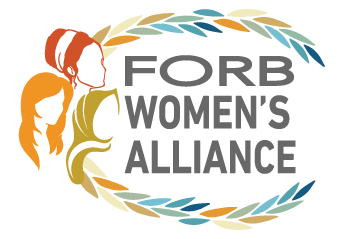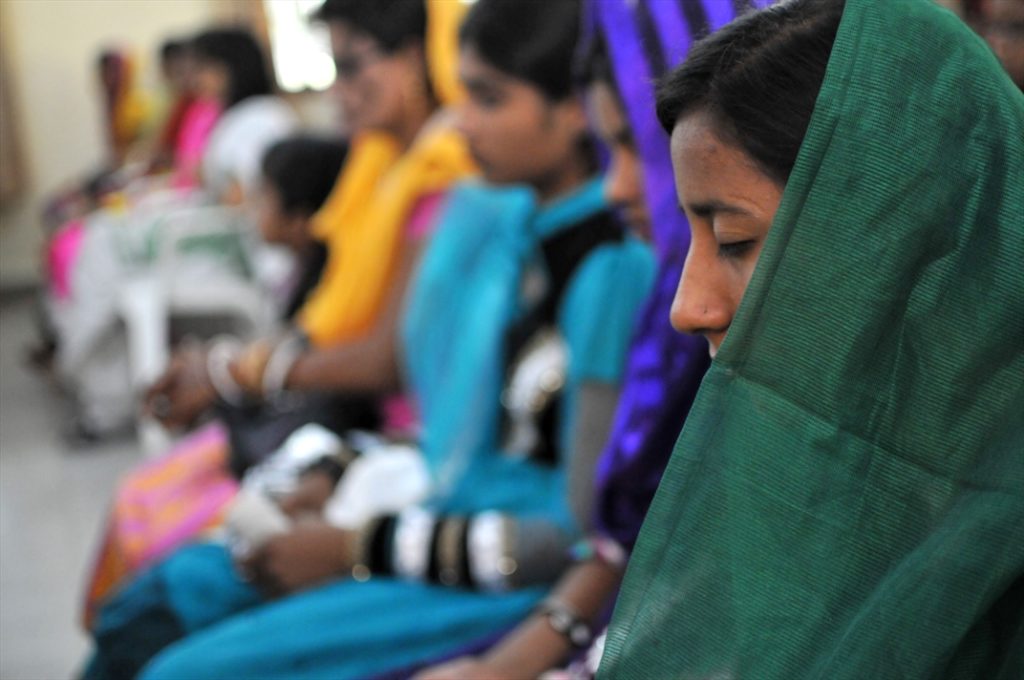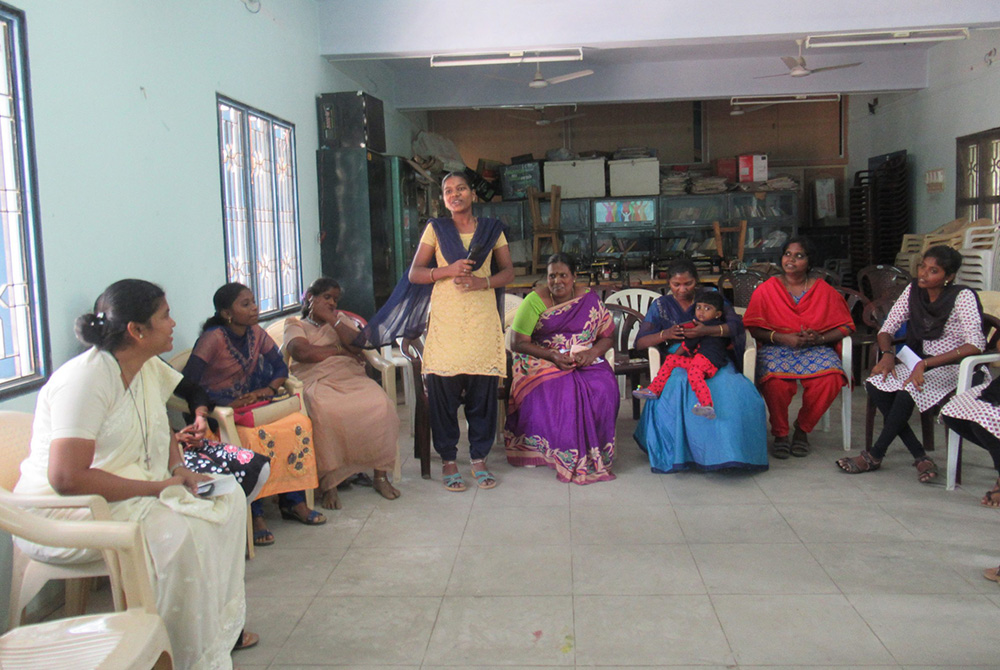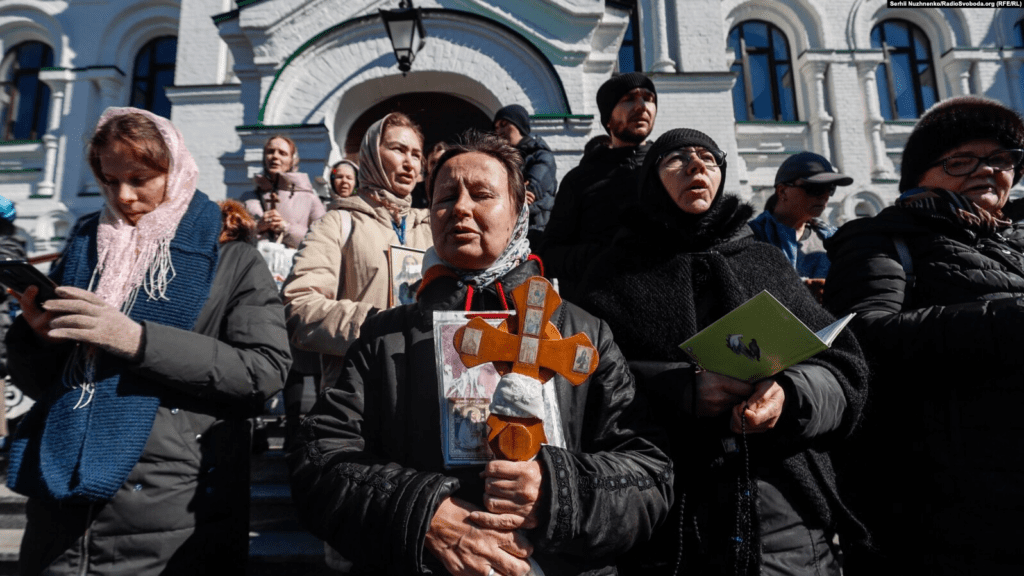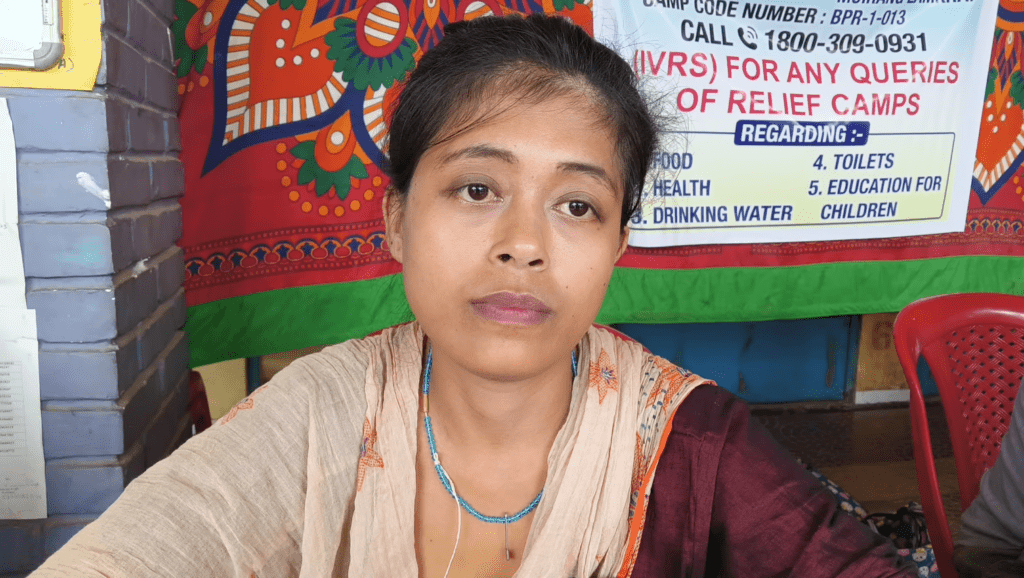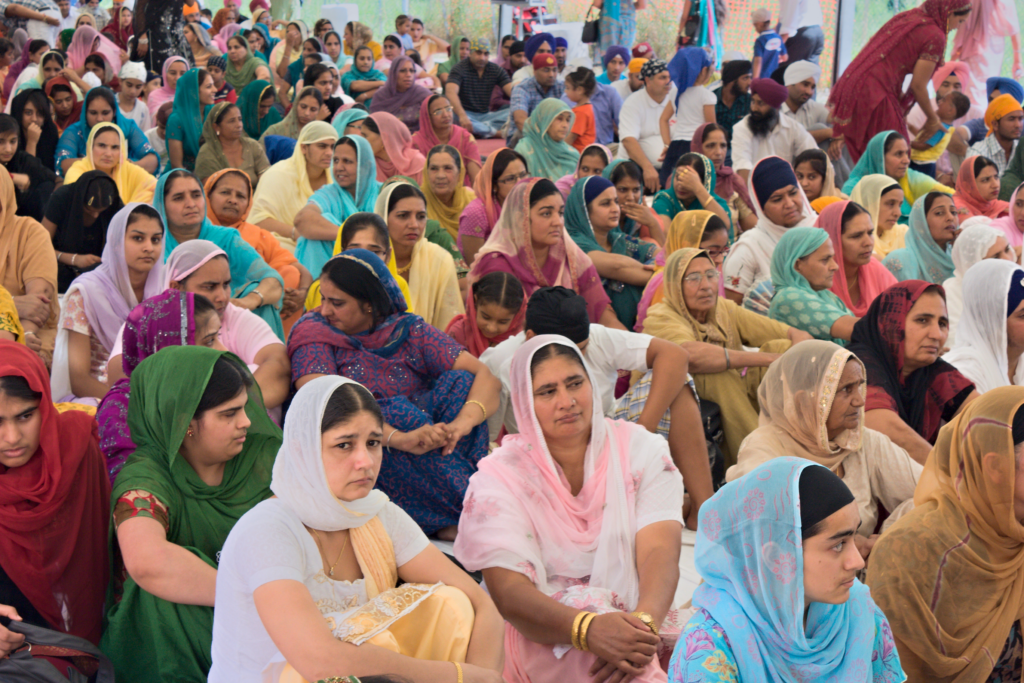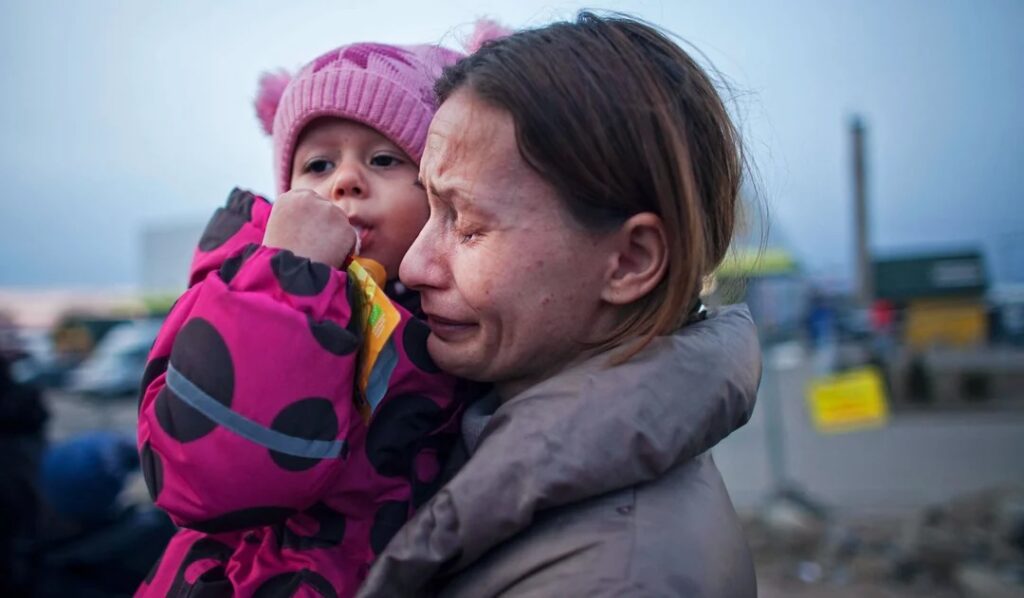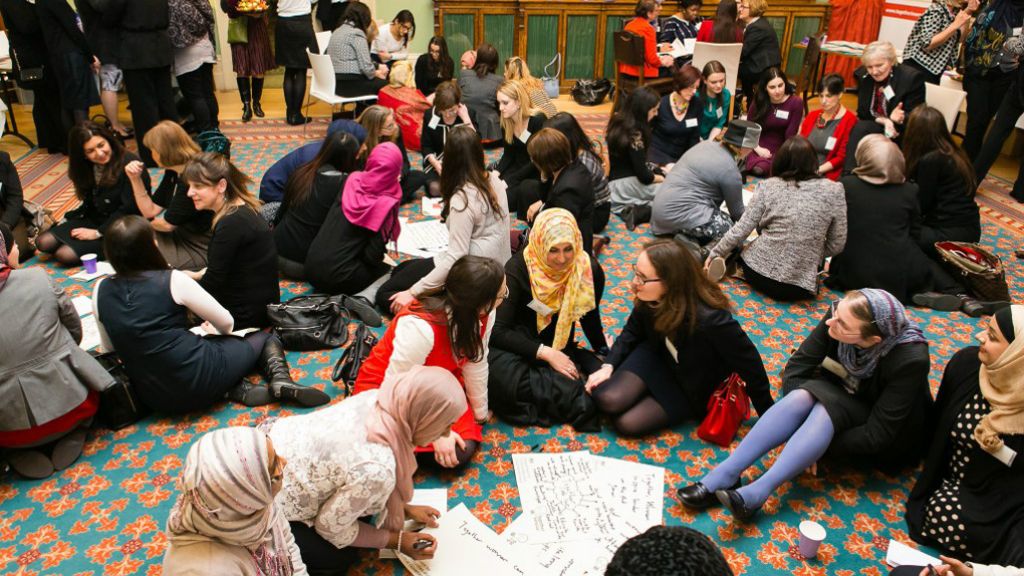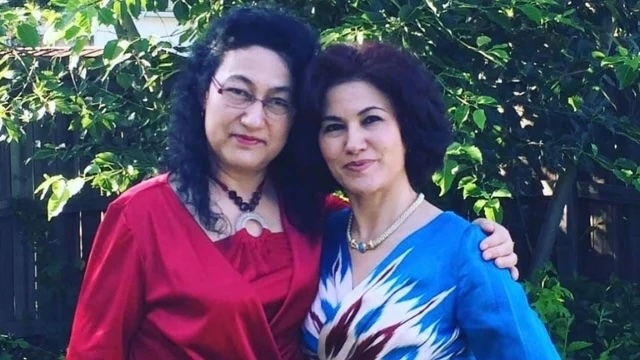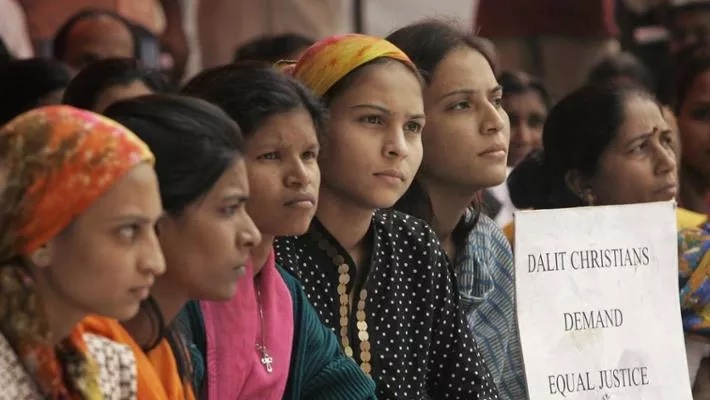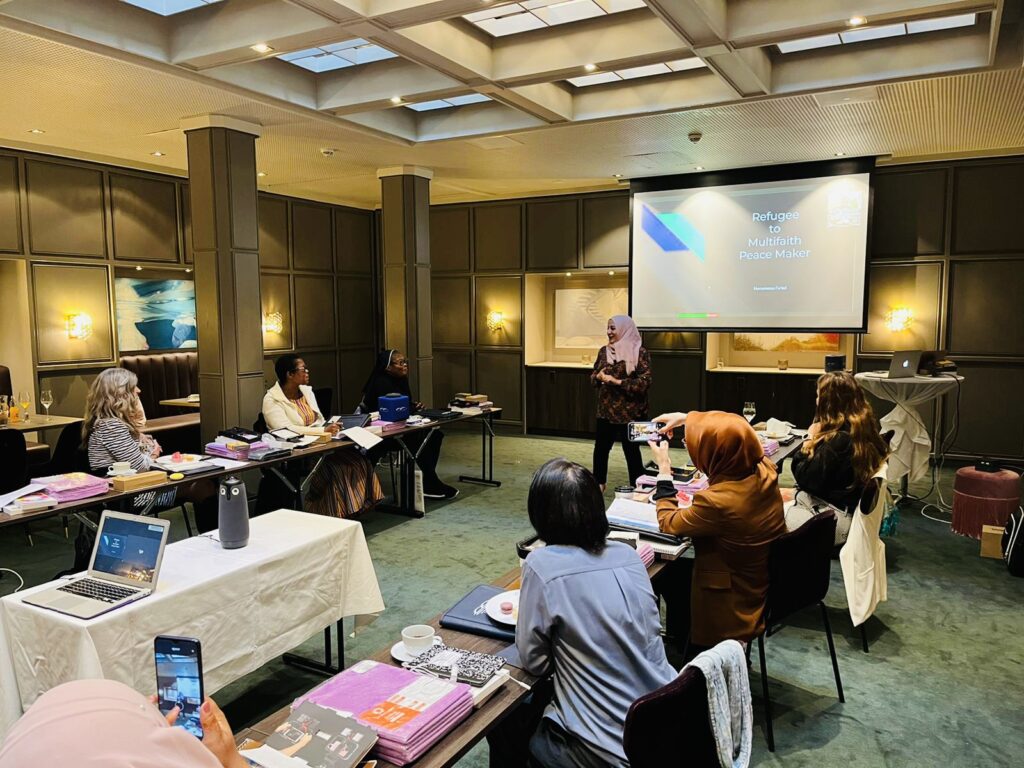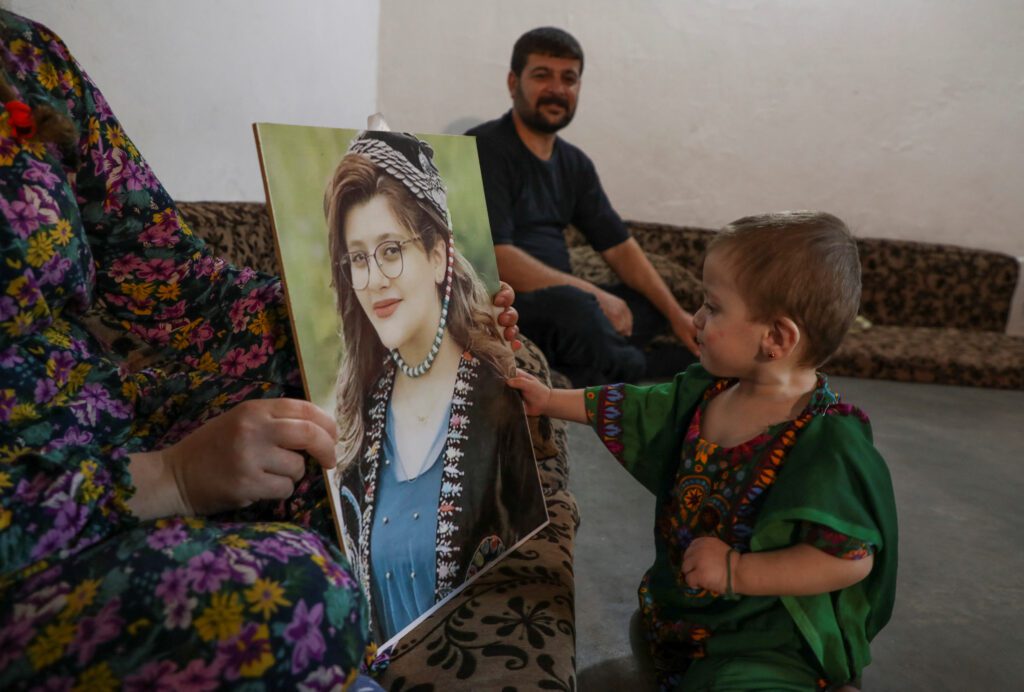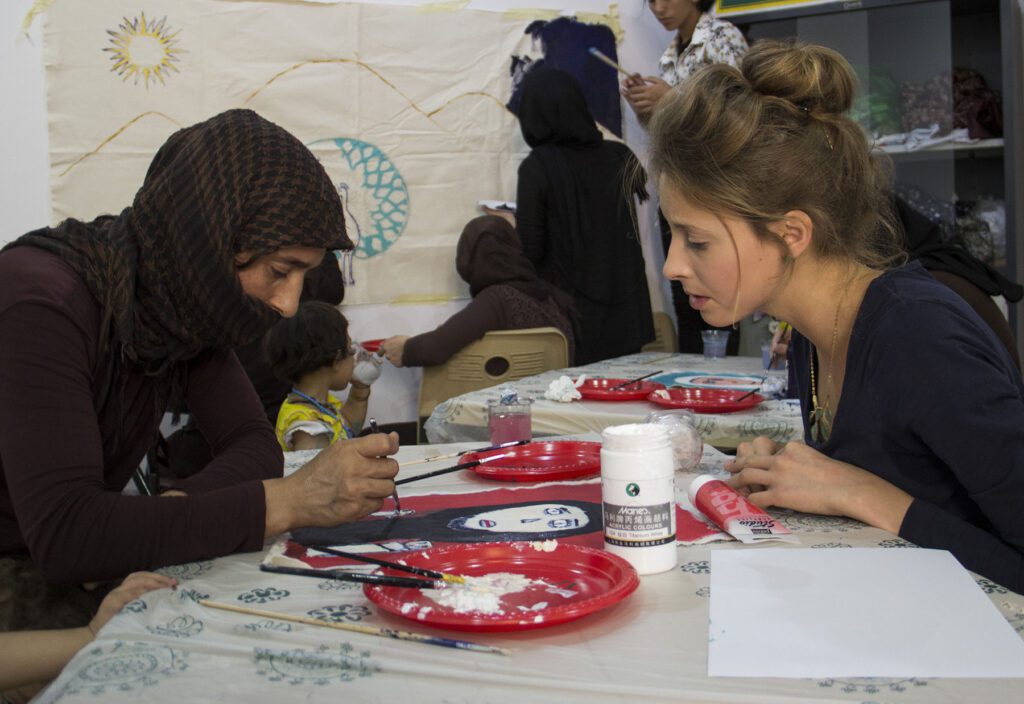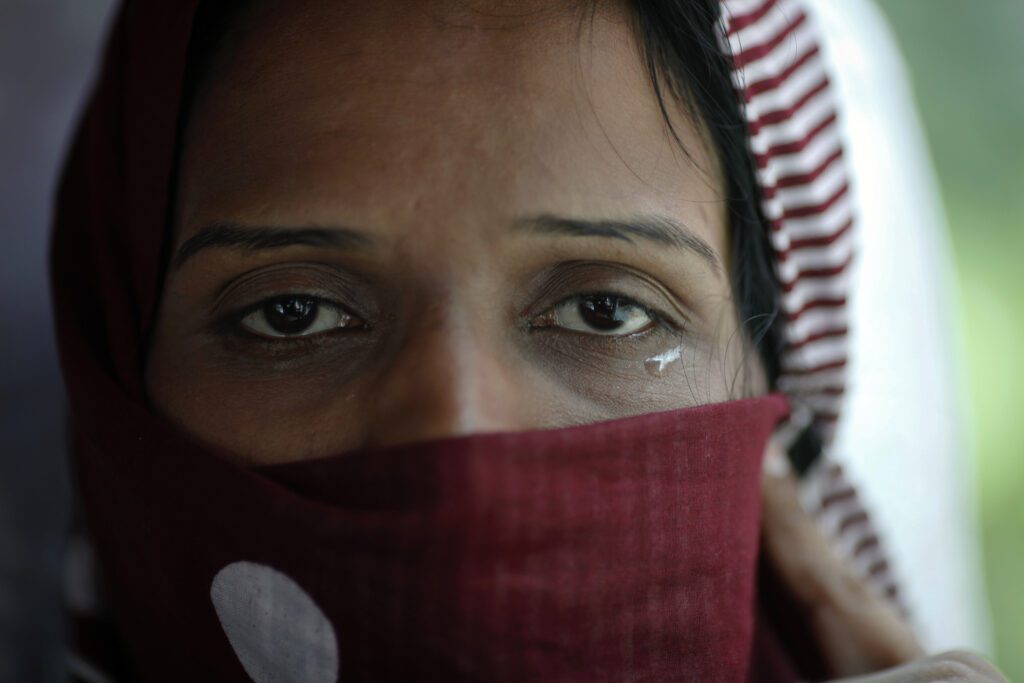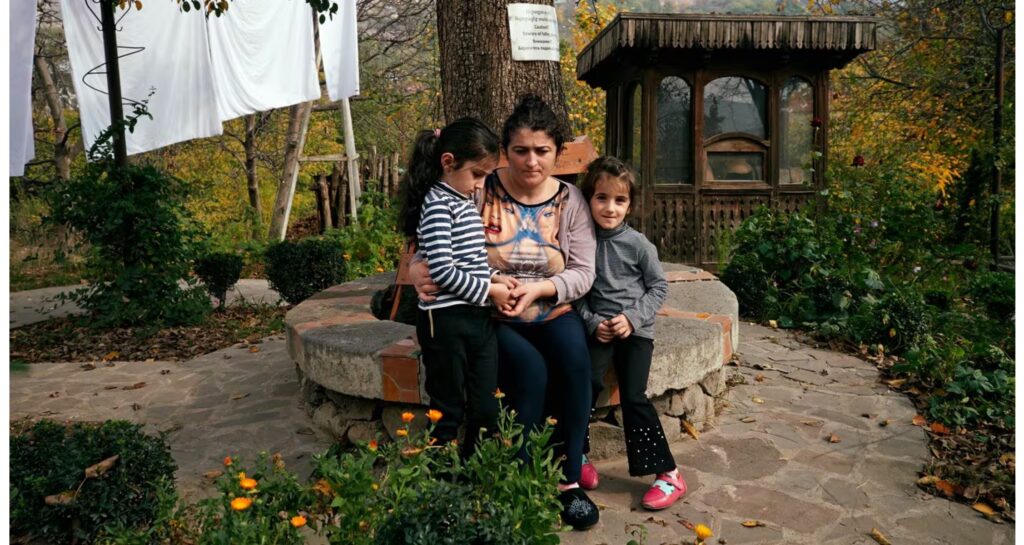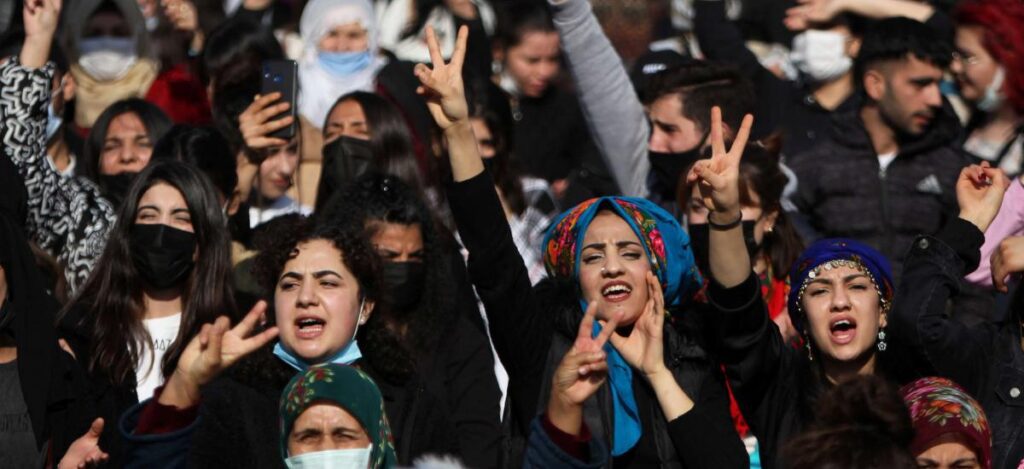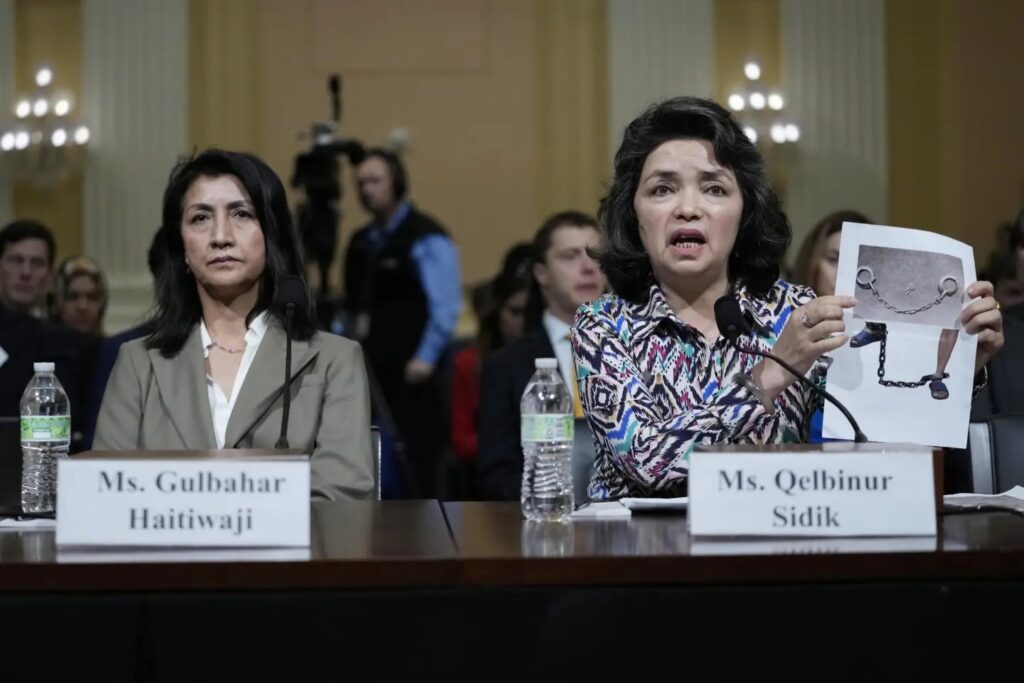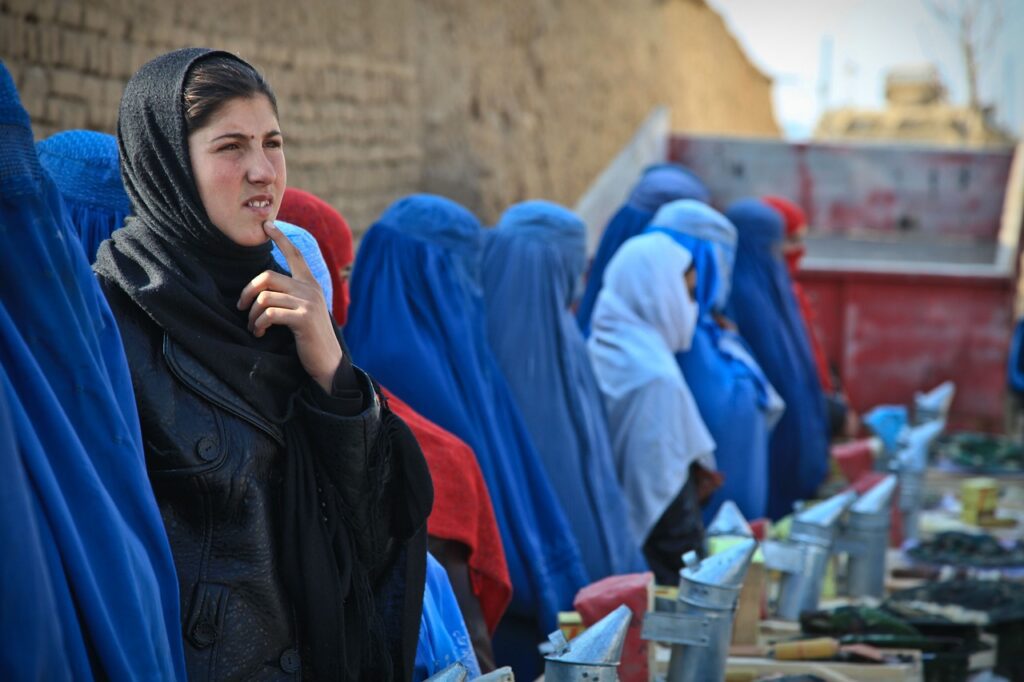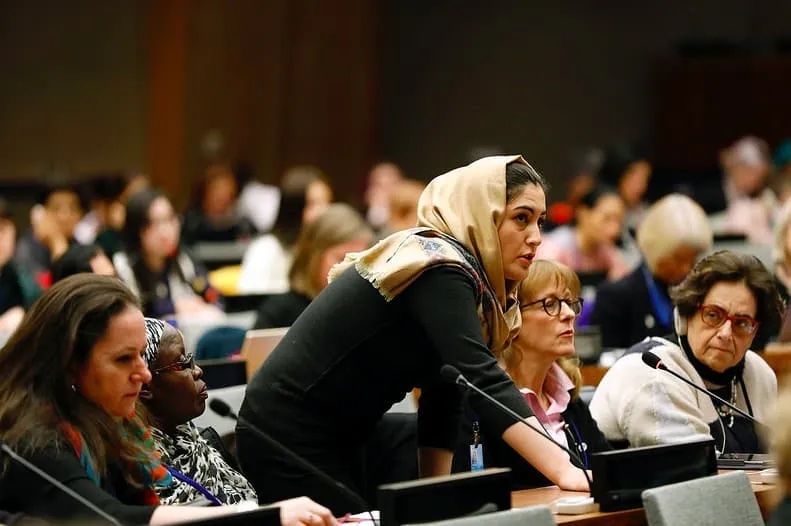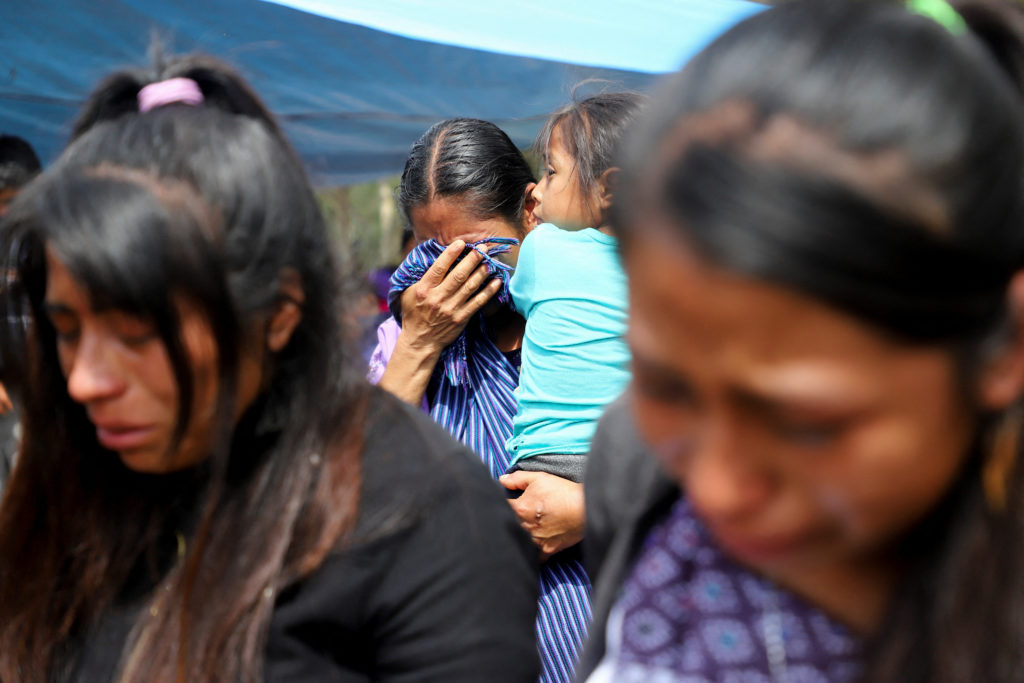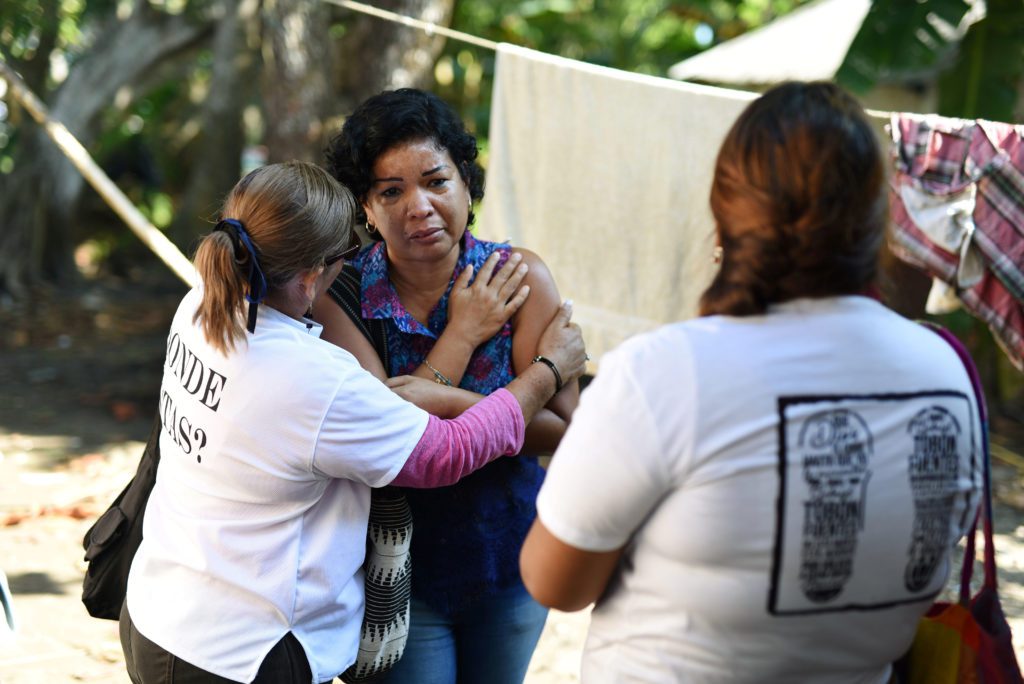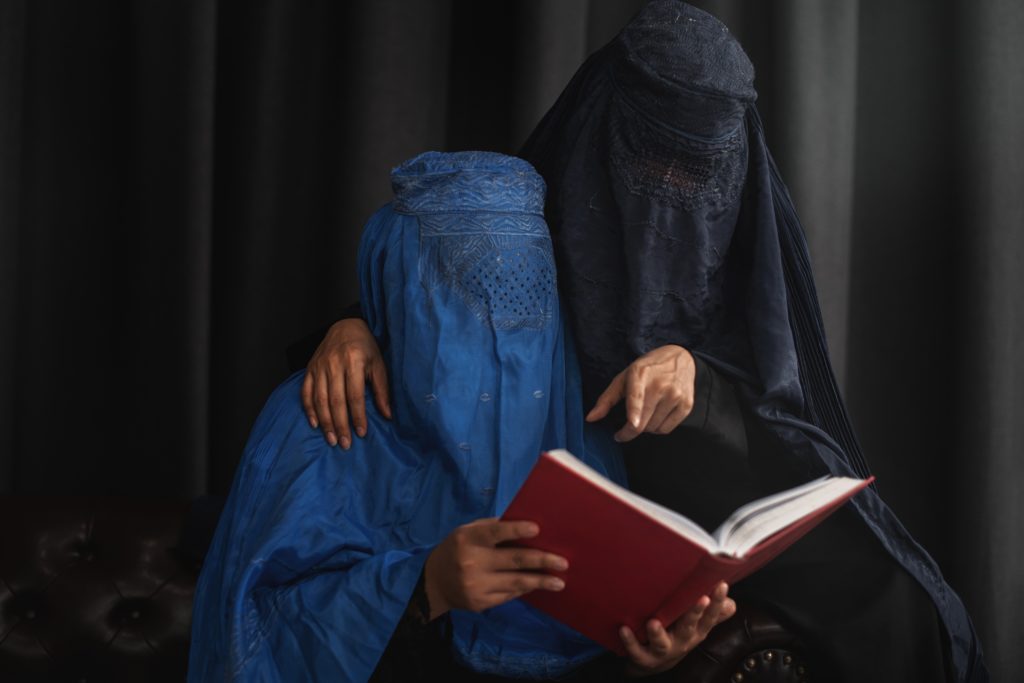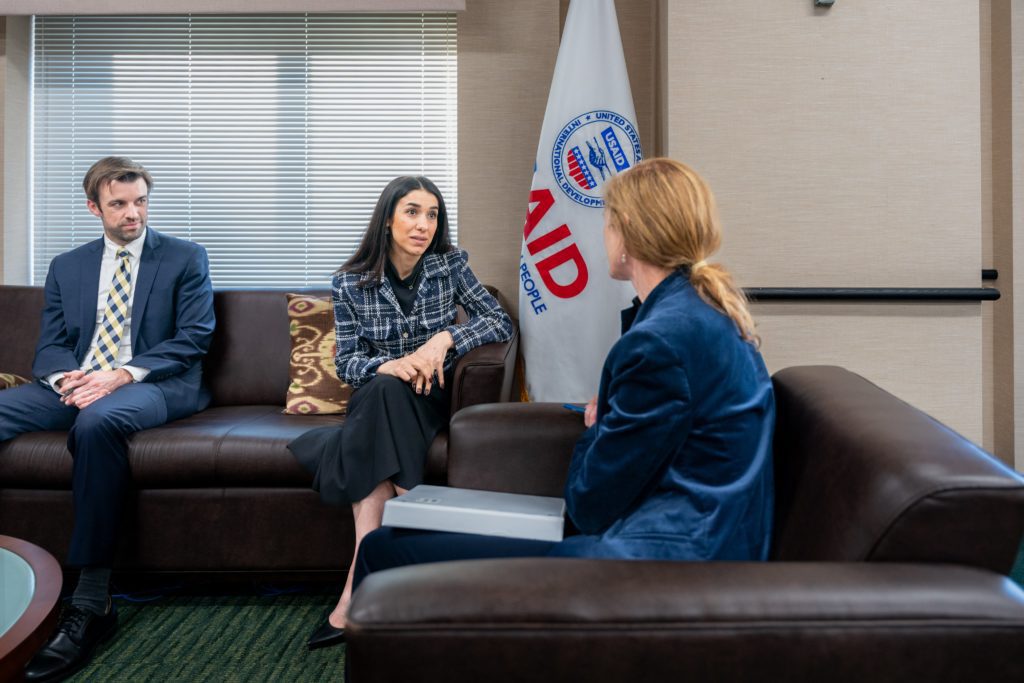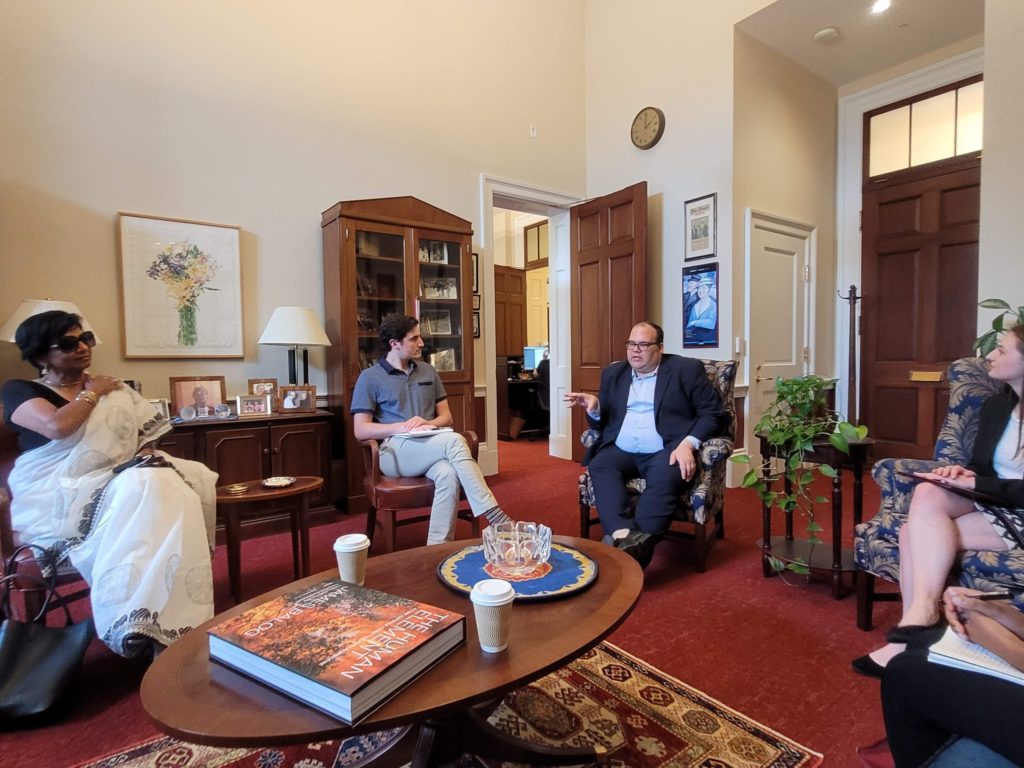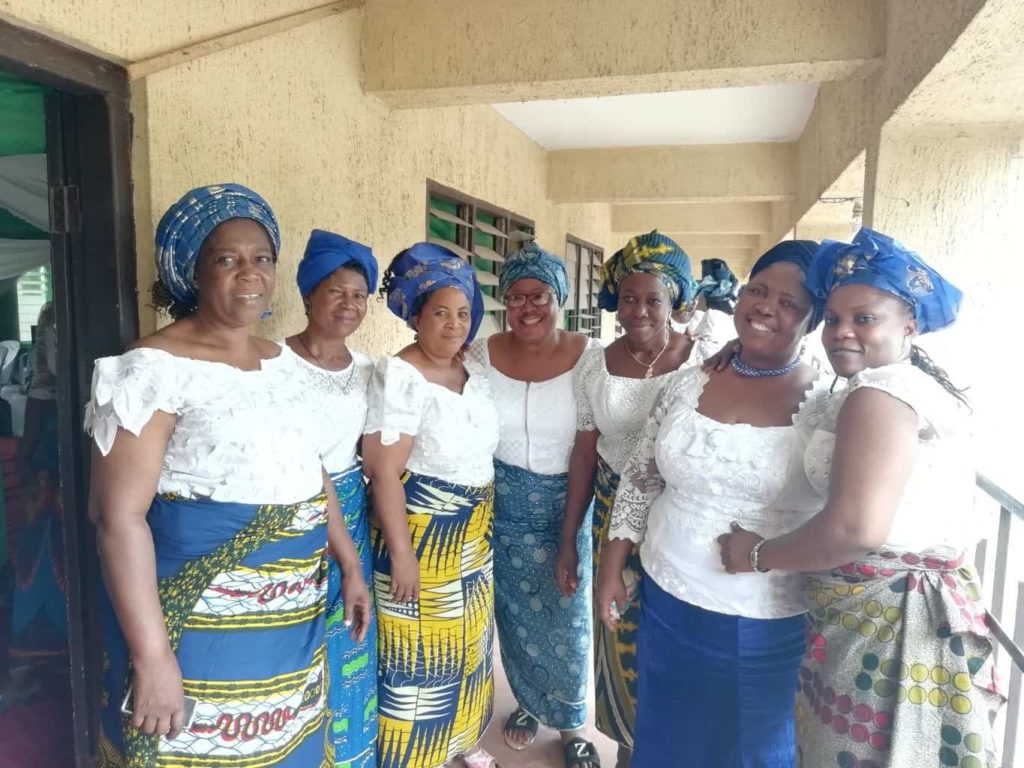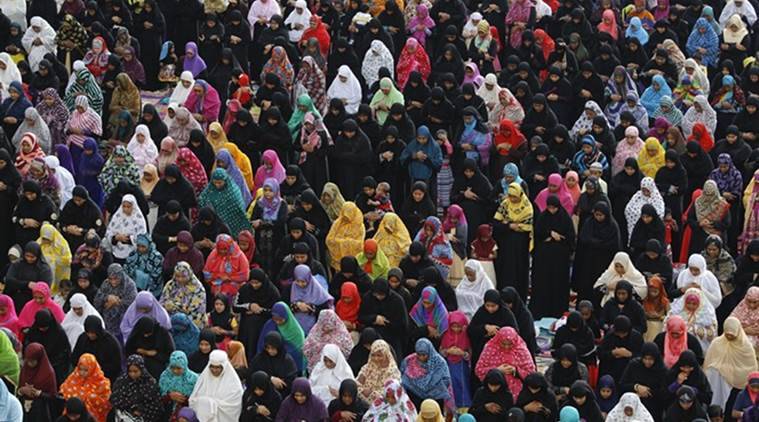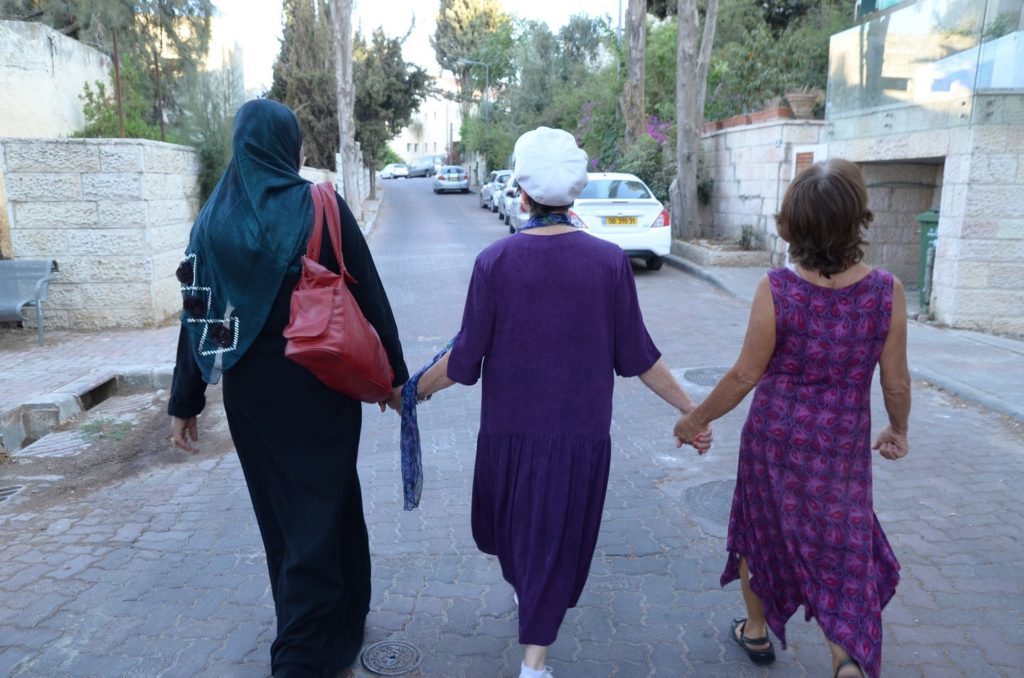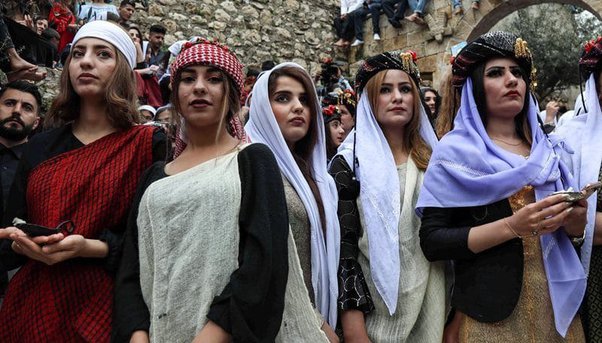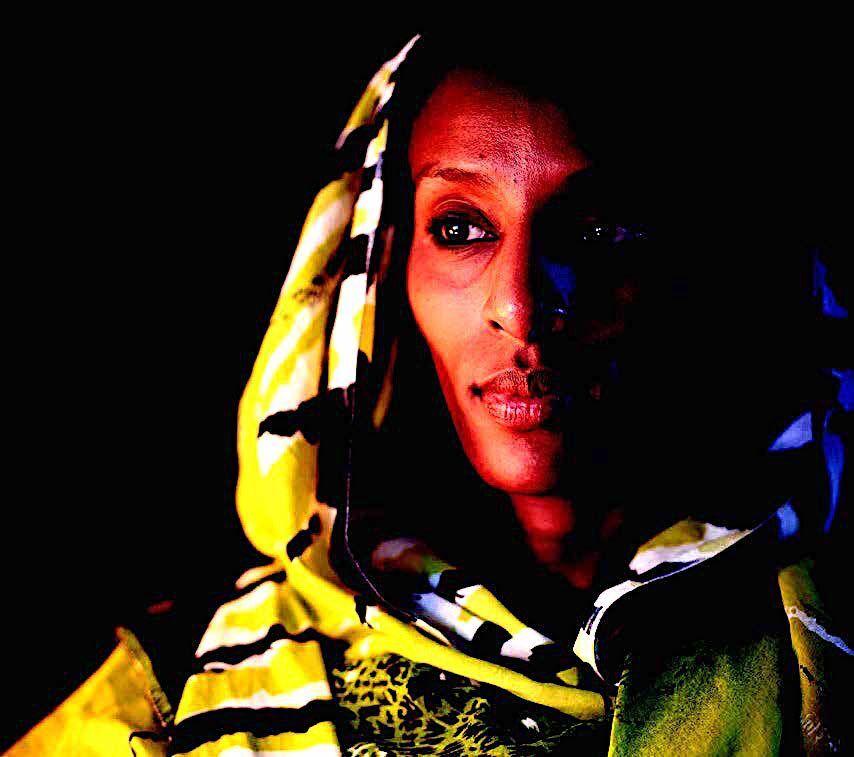Only a few years ago, little information was available about how freedom of religion or belief (FoRB) and women’s equality relate to each other. Many assumed that the two rights were contradictory, if not antagonistic. The information about their intersection that did exist largely was found in academic and policy publications and usually focused on theoretical challenges and opportunities, with terminology foreign to most practitioners working at the grassroots level, where also most violations of these two rights occur.
On International Women’s Day in 2021, Stefanus Alliance International published FoRB for Everyone: Women in Focus. This booklet reflects the knowledge we gained from years of engaging on human rights and reflecting theologically on gender. We hoped to contribute a simple and user-friendly learning tool on the normative intersection of FoRB and women’s equality that would fill the gap we had found. Since the booklet was published, we have conducted over thirty presentations and trainings in more than ten countries. Our main take away from these efforts is that there still is much work to be done to raise awareness about how FoRB and gender equality relate to one another, and in fact also are mutually reinforcing of one another, in accordance with international human rights standards.
The historical disconnect between those advocating for women’s equality and those advocating for FoRB largely remains today. Women’s rights advocates often do not take into account the role of religion/FoRB in a woman’s life, while those working to address FoRB violations usually disregard gendered differences across violations. Both groups tend to view each other with distrust and the other right (along with the activists working in support of each right) threatening their own efforts.
Throughout our journey teaching about the normative framework around FoRB and women’s equality, we have learned that it is important to explain what these two rights protect. We have encountered many misunderstandings around these two rights viewed both individually and when they interact with each other. These misunderstandings spread across multiple levels as well, from civil society, to religious communities and government. By clarifying these misunderstandings, we hope to not only enhance the quality of learning about the normative intersection of the two rights, but also give people effective tools for being agents of change in countering harmful and illegitimate narratives around FoRB and women’s equality.
One of the most common misperceptions we found relate to what FoRB is and what it protects. FoRB has been seen and sometimes actively misused as a tool to protect patriarchal religious norms and justify harmful and discriminatory practices towards women and girls. These practices often reflect traditional cultural norms, or even economic incentives, not religious theology or practice, as is the case with female genital mutilation. Due to this misperception, many gender activists view FoRB hostilely, as an inherent obstacle to achieve women’s equality. They believe that true equality and freedom for women only can be achieved outside of religion. In our work, we have met some incredible religious feminists and religious gender activists who have experienced their voices disregarded by secular gender actors in spaces championing women’s rights. But these religious feminists and gender activists rightly refuse an illegitimate narrative in which a woman has to renounce her religious beliefs in order to be free from gender discrimination. In fact, in some instances, deploying a religiously-based strategy for championing women’s rights is the more strategic and promising approach.
Overcoming misunderstandings around FoRB and women’s equality is an important first step in strengthening the promotion of both, but there also is a need for mainstreaming knowledge on how to work with an intersectional approach to these rights (and human rights in general). During our trainings, participants often struggled to identify issues in the intersection of the two rights: they did not understand how they are interlinked in people’s lived realities. Most activists with whom we have engaged with are trained in their work to identify and examine violations of either FoRB or gender equality, and therefore are unable to identify specific cases where both rights are violated at the same time, such as in cases when sexual- and gender-based violence (SGBV) are also FoRB violations.
Our booklet, FoRB for Everyone: Women in Focus introduces some overarching topics and begins to unpack some major concerns in the intersection of these two rights. It cannot cover all the different issues, aspects and strategies in a short and simple format. After conducting initial trainings, we often get requests for follow-up trainings to continue building on new knowledge and tools on how best to implement this information into their work.
We also often receive feedback that our materials and presentation were the first introduction on FoRB issues through an intersectional gender lens that people encountered. Participants are eager to learn and talk about possible synergies and strategies for solving issues and human rights violations using this intersectional approach. There seems to be a tremendous demand for safe spaces for such learning and discussions, including strategies on how to integrate the perspective of the other thematic right into their own work.
FoRB for Everyone: Women in Focus is just one contribution to fill the gap of available information and learning tools to address these multilayered and complex challenges around promoting FoRB and women’s equality, in a format that is user-friendly for practitioners and activists. It is important to continue developing easily accessible tools and trainings materials for a wider range of actors, including specially those working in the grassroots.
We welcome the current and long overdue support for an intersectional approach to human rights. We hope that both FoRB and women’s equality taken together will help ensure that women no longer will feel forced to choose between their faith and their freedom.
Elisa Chavez & Vija Herefoss are the authors of FoRB for Everyone: Women in Focus (Stefanus Alliance International). Elisa Chavez is the Human Rights Adviser and Vija Herefoss is the Senior Advisor — Women and Faith. Both work at the Stefanus Alliance International.
